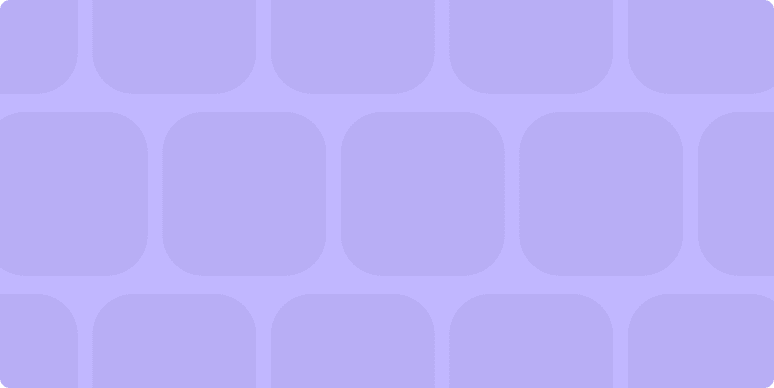Engineering insights
3 min readLCH: Easier accessibility and prettier colors
The lightness, chroma, hue color space is easy to work with and can enhance accessibility.
By Sage Fennel · July 6, 2023
Get productivity tips delivered straight to your inbox
We’ll email you 1-3 times per week—and never share your information.
tags
Related articles
Improve your productivity automatically. Use Zapier to get your apps working together.







